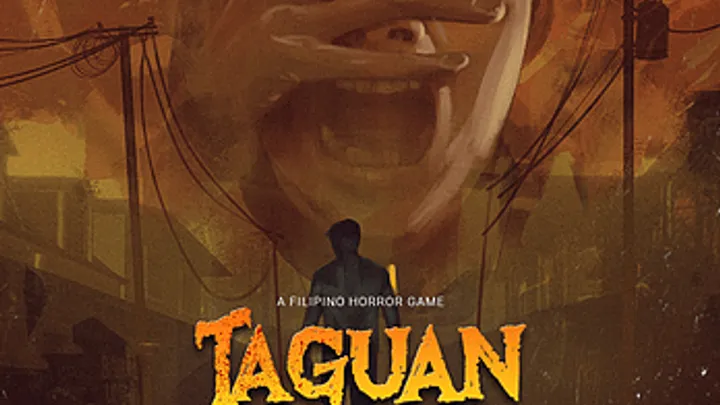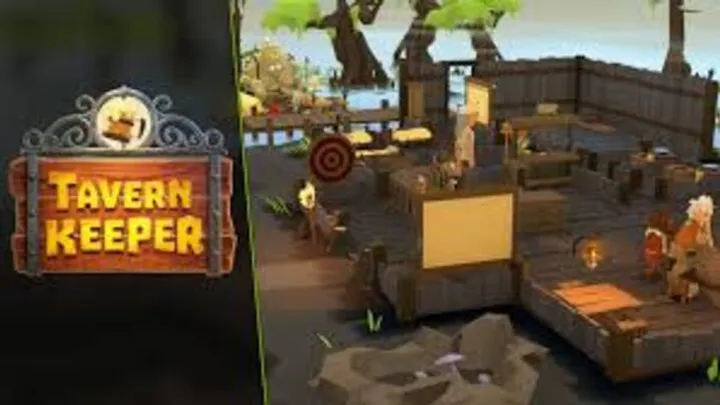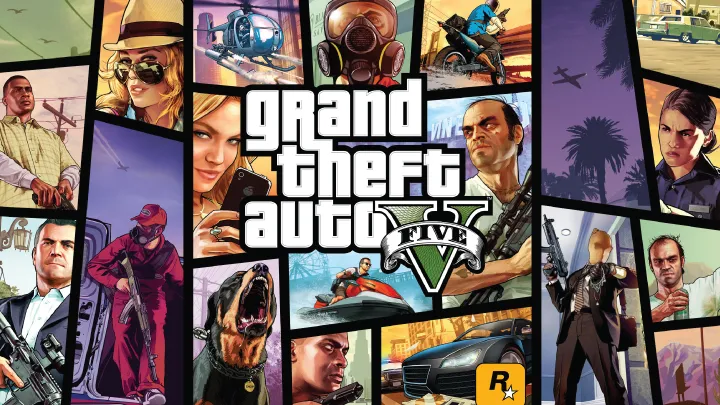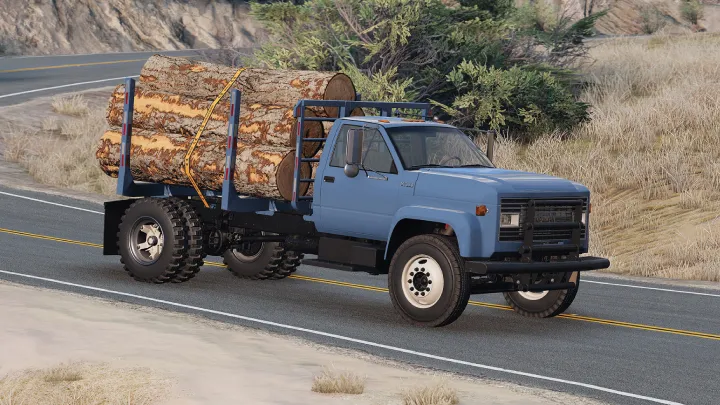Introduction
The Outer Worlds 2, developed by Obsidian Entertainment, takes players on a journey through a chaotic star system where megacorporations battle for dominance. With new planets, factions, companions, and expanded RPG mechanics, mastering this game requires understanding character builds, combat, exploration, and decision-making. This guide breaks the game down into ten stages, providing actionable tips, checklists, and strategies to maximize your experience from start to finish.
1. Character Creation and Early Decisions
Your journey begins with customizing your character, selecting your attributes, traits, and flaws. Each choice impacts your gameplay style and narrative outcomes.
Tips for Character Creation:
- Prioritize attributes that align with your preferred style (Combat, Science, Leadership, or Stealth).
- Choose a flaw carefully; it can provide extra perks but may introduce challenges.
- Consider early companion interactions and how your choices affect loyalty and dialogue.
Early Planning:
- Map out your build to focus on one main skill tree while keeping a secondary skill for versatility.
- Select a starting weapon type you feel comfortable with for consistent early-game performance.
2. Exploring the Star System and Early Quests
The Outer Worlds 2 offers multiple planets and locations early on. Exploration is key for gathering resources, unlocking quests, and meeting NPCs.
Checklist for Early Exploration:
- Accept side quests to build reputation and gain rewards.
- Search for hidden loot, weapons, and crafting components.
- Interact with factions carefully; early decisions influence later storylines.
Why Exploration Matters:
Gaining knowledge of the environment and securing early gear prepares you for mid-game challenges and ensures you can handle tougher enemies efficiently.
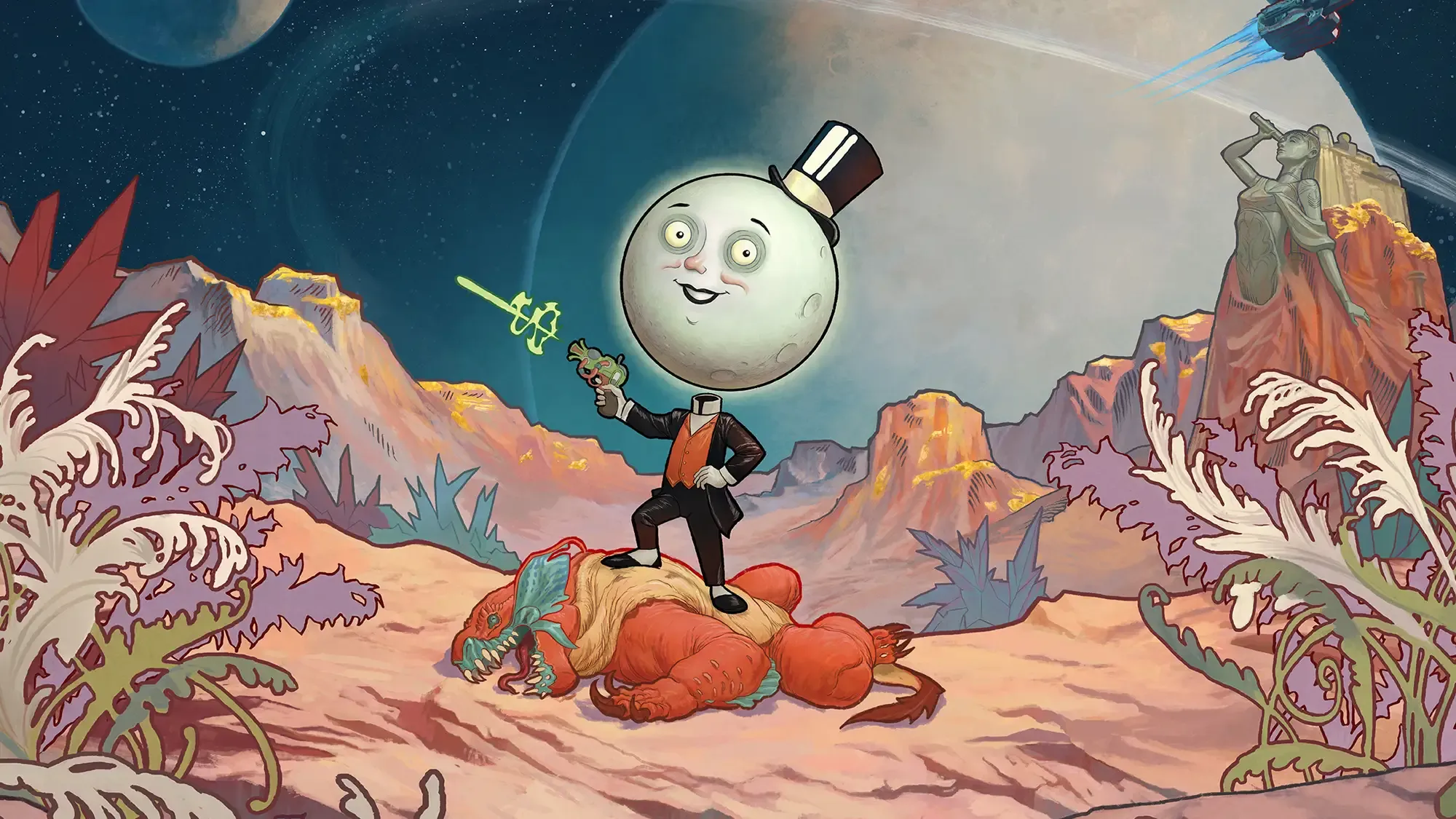
3. Companions and Team Management
Companions are vital, each bringing unique skills, perks, and personal quests. Proper management ensures synergy in combat and story outcomes.
Companion Tips:
- Recruit companions early and complete their personal missions for max effectiveness.
- Monitor companion morale; dialogue choices affect loyalty and future story outcomes.
- Assign roles based on your main build: support, damage, or control.
Loadout Optimization:
- Equip companions with weapons and gear that complement their strengths.
- Upgrade mods to enhance abilities during critical missions.
4. Combat Mechanics and Enemy Strategy
Combat in The Outer Worlds 2 is dynamic, combining ranged, melee, and special abilities. Understanding enemy behavior and weaknesses is essential.
Combat Tips:
- Target enemy vulnerabilities (armor type, elemental weaknesses).
- Use cover effectively and plan positioning before engagement.
- Pair companions’ abilities with your own for maximum effect.
Advanced Combat:
- Learn ability combos for crowd control.
- Exploit environmental hazards to gain an advantage.
5. Skill Trees, Perks, and Attributes
The game’s RPG elements revolve around skill progression. Allocate points wisely to strengthen your preferred playstyle.
Tips for Skills:
- Specialize early in a primary skill tree (Combat, Science, Leadership) to maximize efficiency.
- Choose perks that enhance your character’s strengths.
- Reallocate points if necessary after major story milestones.
Avoiding Common Mistakes:
- Don’t spread points too thin across unrelated skills.
- Prioritize synergy between perks, attributes, and companion abilities.

6. Gear, Weapons, and Resource Management
Loot, mods, and gear are abundant. Proper management ensures you remain competitive throughout the game.
Gear Tips:
- Upgrade and mod your main weapons consistently.
- Salvage or sell low-tier items to maintain inventory space.
- Stockpile healing items, ammo, and critical consumables.
Crafting and Gadgets:
- Craft devices that enhance abilities or provide tactical advantages.
- Assign mods to key weapons to optimize damage or utility.
7. Mid-Game Quests and Faction Decisions
Factions play a critical role in shaping the storyline. Mid-game decisions can lock or unlock endings and influence companions’ perspectives.
Faction Tips:
- Complete side missions for faction reputation before committing.
- Save before making key choices to explore alternate outcomes.
- Balance relationships with multiple factions to keep options open.
Strategic Choices:
- Align your choices with your character’s build and moral alignment.
- Some companions may react negatively to conflicting decisions; plan accordingly.
8. Late-Game Combat and Boss Encounters
Enemies become increasingly difficult, requiring mastery of combat mechanics, companion abilities, and environmental tactics.
Boss Tips:
- Study attack patterns and exploit vulnerabilities.
- Use companions strategically to provide buffs, healing, or damage support.
- Stockpile consumables and optimize weapon loadouts before engagement.
Preparation Checklist:
- Ensure companions are equipped with the best gear.
- Upgrade core abilities and skills for maximum effectiveness.
- Scout the environment for advantages before initiating combat.
9. End-Game Choices and Multiple Endings
Your decisions throughout the game affect the final outcome. Align your actions with your desired ending while considering companion and faction relationships.
End-Game Tips:
- Revisit key dialogue options and decisions to ensure alignment.
- Complete missed side quests for bonus rewards and story context.
- Prepare multiple save files to explore alternate endings.
Maximizing Replayability:
- Experiment with different builds and companion choices in subsequent playthroughs.
- Explore alternate faction alignments to experience new story content.

10. Optimization, Habits, and Strategy Workflow
Consistent habits and workflow optimize your experience and prevent setbacks.
Optimization Tips:
- Regularly check inventory, gear, and mods.
- Maintain manual saves alongside autosaves before key missions.
- Explore optional areas to gain additional resources and secrets.
Growth Mindset:
- Learn from mistakes and adapt strategies in subsequent missions.
- Test new builds, weapon combinations, and companion setups to master the game fully.
Conclusion
Mastering The Outer Worlds 2 requires strategic thinking, smart resource management, companion synergy, and thoughtful decision-making. By following this ten-step guide—from character creation and exploration to late-game combat, faction decisions, and optimization—you can experience the game fully and unlock multiple endings while enjoying a rich, replayable RPG adventure.




